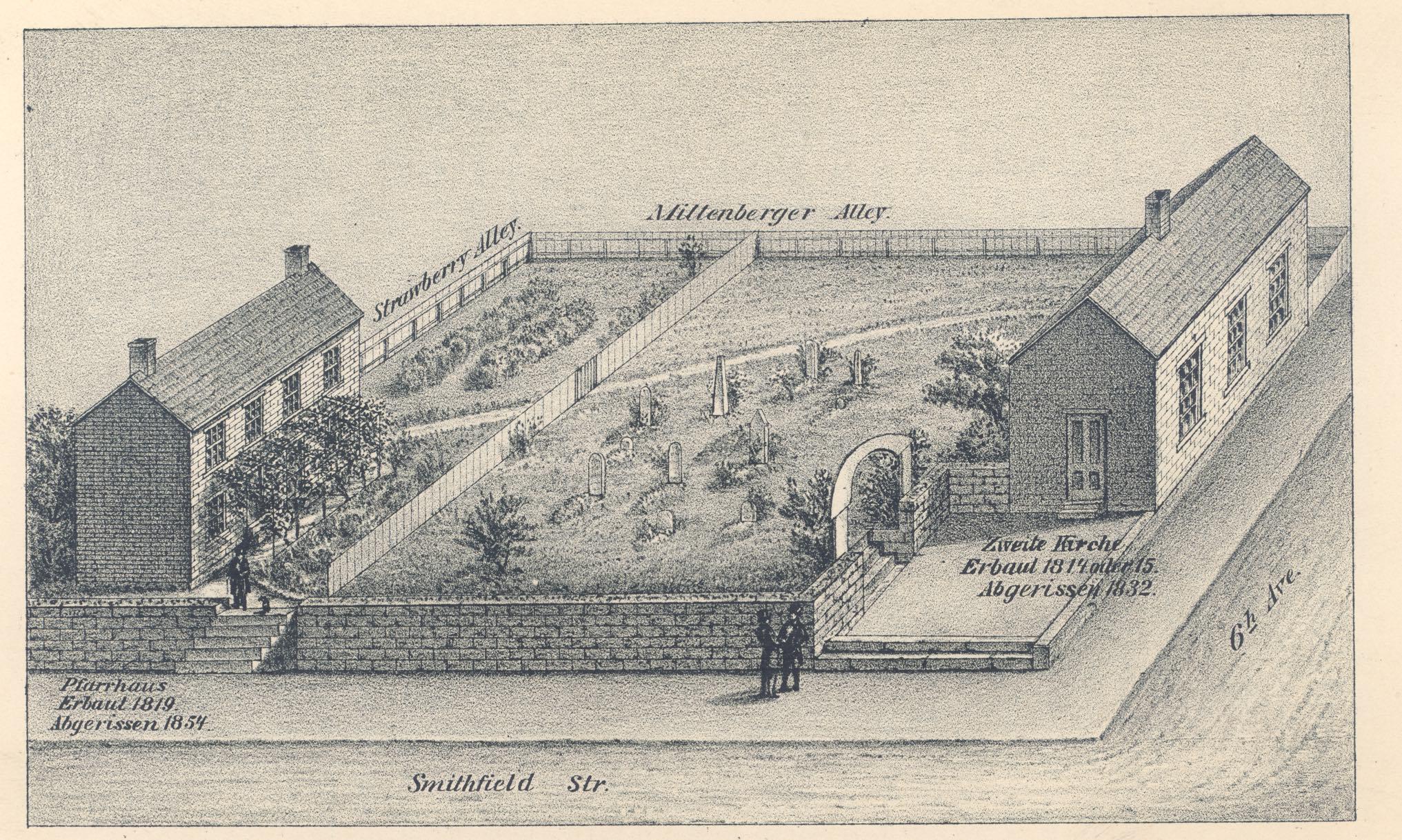Submitted by knawshaw t3_yi389f in pittsburgh
Comments
knawshaw OP t1_iuhn9vz wrote
A lot of 'relocation' in Pittsburgh did not involve moving the corpses, just the gravestones. So many former graveyards we're officially allowed to be built over. Or sports fields can be used on the sites. Troy Hill is a good example and there is a Pitt field that is on a former graveyard I believe. With limited space, you have to do something!
NSlocal t1_iuhq8r9 wrote
The Pitt field you mention was Three Rivers Stadium which was formerly a native american burial site. Presumably long removed or built over by the time the stadium was built. Does not make it right though. Voegtly Cemetery in Troy Hill received the remains of many individuals rediscovered during the I279 project. If you go there today you will see a plaque that details the move. The cemetery is beautiful but has fallen into a bad state of appearance.
http://www.usgwarchives.net/pa/allegheny/tsphotos/voegtly-pittsburgh.htm
knawshaw OP t1_iuhqo0q wrote
I was referring to the cemetery on Robinson st. Ext / Allliquippa, now U Pitt Fields / Field House
NSlocal t1_iuhs2dk wrote
Ahh got it, yeah it went on all over. The native american sites are poorly documented, I wish there was more info on where they were located.
jetsetninjacat t1_iujmjzt wrote
I had a set of great great grandparents who had a house on Breckenridge where the tennis courts are now. One of my aunts has pictures of the cemetery there.
Hike_it_Out52 t1_iui85ut wrote
This is true. I took a historic tour through that area. Supposedly the graveyard covered multiple blocks in the city and a small remnant is left on 6th Ave near the 1st Presby church. The guide said the earthen walls of the basement will have bones occasionally poke through. It blows my mind how many cemeteries have been bulldozed when they should have been carefully excavated. He also said Heinz field stood, which had been an island, on an old native settlement who primary use in the 1750's was torturing captive European soldiers. While British soldiers had been tortured then killed during their campaigns through the area, I never have found any sources to back up that it was the use of the island.
NSlocal t1_iuihfe9 wrote
It was called Smokey Island but was really a sandbar when the river was much more shallow. You can find info on it. The natives would capture Europeans on the North Side of the river and use the island to bind them to a pole where they'd proceed to torture and burn them in full view of people on the Point side of the river.
Nickyfist t1_iujhmzs wrote
You son of a bitch you moved the cemetery but you left the bodies- didn't ya! You son of a bitch you left the bodies and you only moved the headstones! You only moved the headstones! Why? Why?!
mrsrtz t1_iuhwosm wrote
I think actually it is the block where Brooks Brothers, Carnegie Library, and Smithfield United Church of Christ are located, Miltenberger Alley is now Montour Way.
The Pfarrhaus was the clergy house, built 1819, torn down 1854, and the church was the second, built 1814 or 1815, torn down 1832.
But, who was Miltenberger, that there was this alley and also now the street in Uptown? The 1835 map has Miltenberger owning property between what is now Van Braam and Miltenberger, frmo Fifth to the Blvd. of the Allies.
NSlocal t1_iuhqpuq wrote
Not sure but the cemetery directly across from the Duquesne club on Sixth between the churches is the oldest burial ground in the city proper and has very old remains. This may be the cemetery depicted in the photo. Notice the obelisk, there's a large obelisk in the cemetery on Sixth.
mrsrtz t1_iuib95p wrote
First German United Evangelical Protestant Church
"When John Penn, jr., and John Penn presented land to the Presbyterian and Episcopal churches of Pittsburgh they, at the same time, deeded the same amount to the already organized German Evangelical congregation; the land given to them was bounded by Smithfield street, Sixth avenue, Miltenberger and Strawberry alleys. No church was built on this grant, however, until some time between 1791-94, and it was of logs. This was … replaced in 1833 by a large brick building, which had the distinction of a cupola, in which the first church bell in Pittsburgh was hung." (Killikelly's History of Pittsburgh.)
Ceramicrabbit t1_iujgfze wrote
I like that it's in German

lvngstndm t1_iuhmukg wrote
For reference - this is the current location of the Mellon Square underground parking garage today.
From Pittsburgh Historic Maps, it appears that by 1872, the cemetery was relocated, and buildings erected on this corner. Anybody have any other information?